After enduring weeks of a trying flu season, Boston still faces high demand for doses of the H1N1 vaccine.
Officials said that the entire state of Massachusetts received 1.2 million doses of overall.
The prognosis for whether the pandemic will continue to spread as the winter wears on is uncertain, but the Centers for Disease Control and Prevention city health practitioners continue to recommend the vaccine for at-risk patients.
Residents in Boston should go to their local community health centers to receive free vaccines, but the centers are busy keeping up with the demand, Boston Public Health Commission spokeswoman Ann Scales said.
‘Most of the clinics vaccinated anywhere from several hundred people to over 1,000 people, so I think that’s a pretty good representation of the volume of the residents from Boston who are taking advantage of the vaccines and who are possibly at risk,’ she said.
Scales said it is hard to know how much vaccine is available in the city, although the supply seems limited.
‘I think it’s fair to say that supplies are still limited, but vaccines are certainly being distributed,’ she said. ‘It’s hard for us to say because vaccines go directly to hospitals, community health centers and physician offices. It’s impossible for me to say how many vaccines the city of Boston has received.’
Massachusetts is one of the 43 states in America reporting widespread H1N1 infection, according to the CDC.’ Jennifer Manley, a spokeswoman for the state Department of Public Health said the state has received 1.2 million vaccines so far, but is ultimately expecting 3.7 million in total from the CDC.
‘Supply is still limited and the demand is still high,’ she said. ‘[But] the state is extremely prepared for the outbreak.’
The shipment of the 1.2 million doses was delayed for three weeks, forcing many Massachusetts health offices to reschedule vaccine clinics.
‘I just want to say how sorry I am that people have been so frustrated, that people have had to wait in line, that people haven’t always found vaccine at the end of the line,’ Dr. Anne Schuchat of the Centers for Disease Control and Prevention said in a Nov. 20th media briefing. ‘I wish that things had been and that they will go smoother.’
Though many have expressed concern about the safety of the newly developed vaccine, WebMD, a website that provides health and medical news and information, states it causes only ‘mild but common reactions.’
‘There could be unknown side effects. Something could happen,’ WebMD infectious disease and vaccine expert Mark Mulligan said on the site. ‘But we think that is highly unlikely.’
Debbie Yokoe, an infectious disease specialist at Brigham and Women’s Hospital, said people who can’t receive the vaccines due to the shortage should continue to be cautious about the flu.
‘Common sense practices can cut down your risk of getting sick, including frequent hand washing, getting rest, eating well,’ she said in an email. ‘It’s also important to stay home if you do become ill to prevent spreading illness to others.’
She said besides free clinics, people can contact their doctors and local hospitals to receive H1N1 vaccines. Pregnant women, infants, children or people with chronic medical conditions such as asthma, diabetes and kidney disease are target groups that are more at risk, according to the CDC.
She said the vaccines come in two forms – injection and nasal spray – and people should check with their doctors as to which kind they should receive.
‘Both are effective,’ she said. ‘[But] some people shouldn’t receive the live virus nasal vaccine, including pregnant women and people with weakened immune systems.’
Only children of ages nine and under need two doses of vaccines, and everyone else only needs one, she said.
Scales said although H1N1 doesn’t appear to be as prevalent as it once was, it is hard for officials to tell if the disease has hit its peak, and instances of flu-like symptoms are still common in the city.
‘We don’t know if the peak time has passed,’ she said. ‘What we do know is that the flu comes in waves. By now, we are not seeing quite as much activities as we saw the week before.’


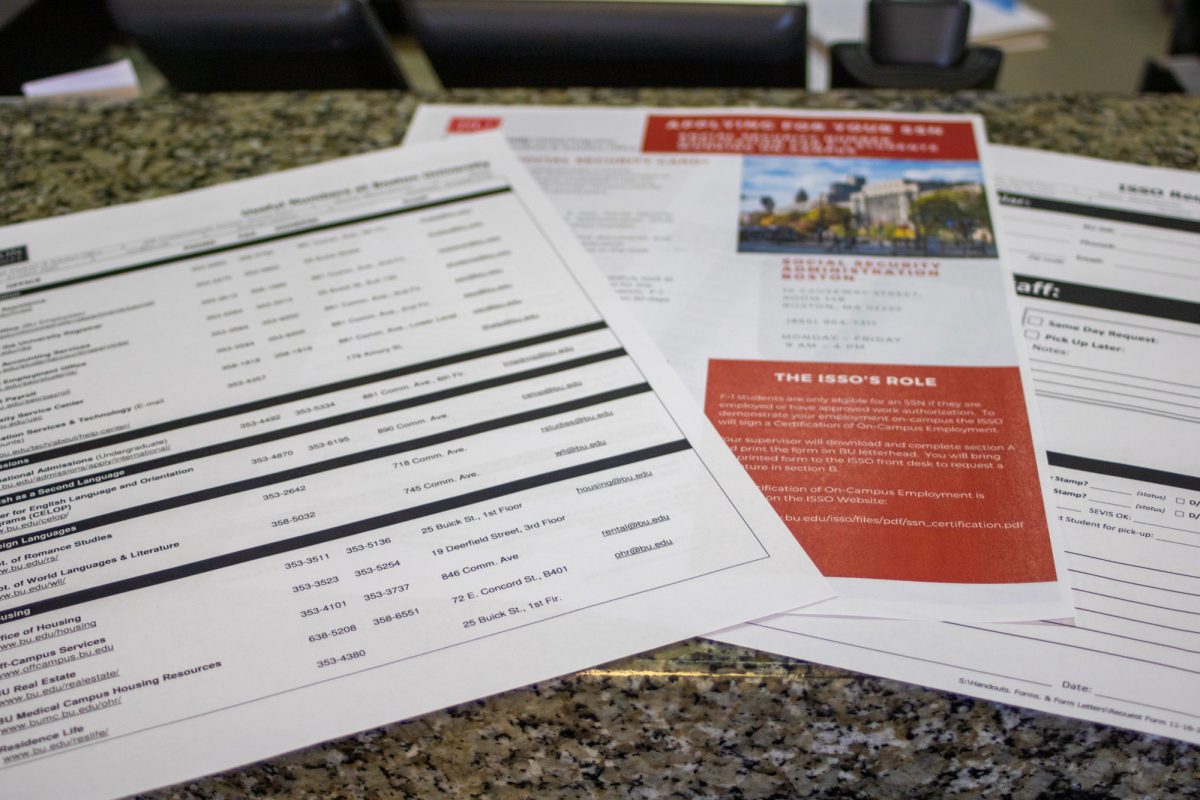





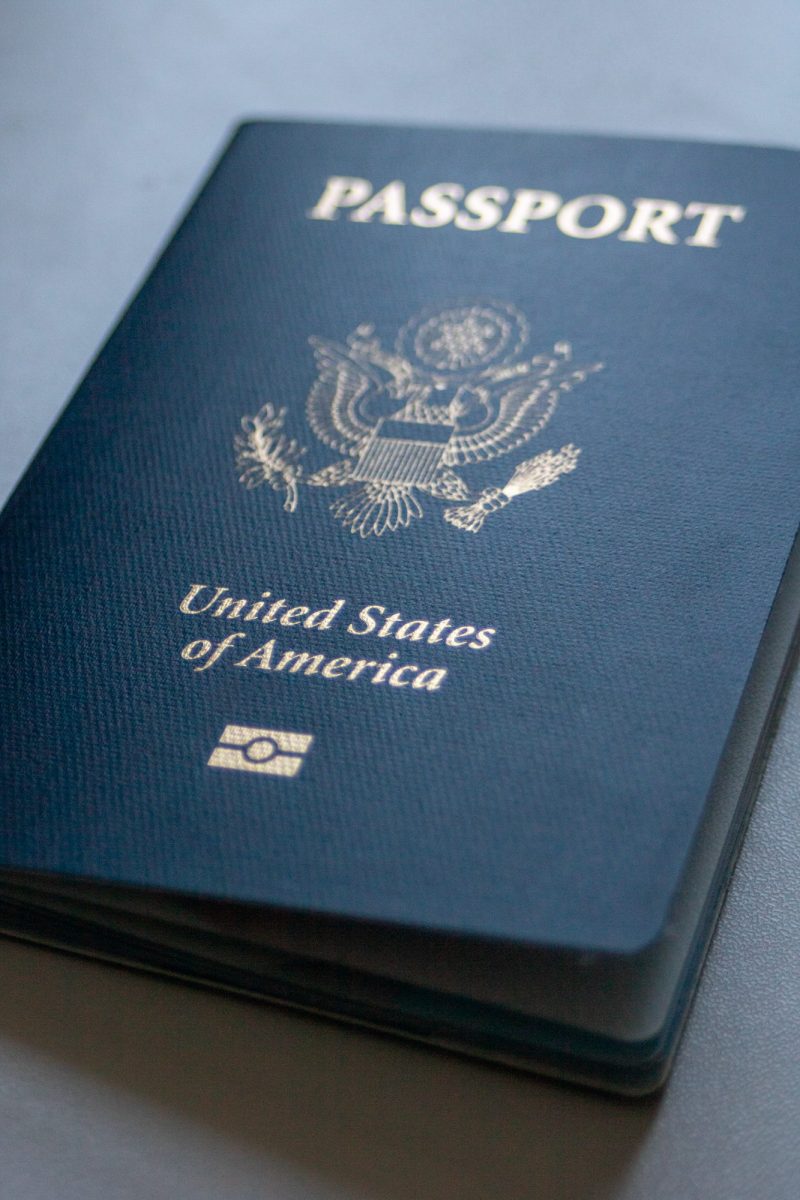
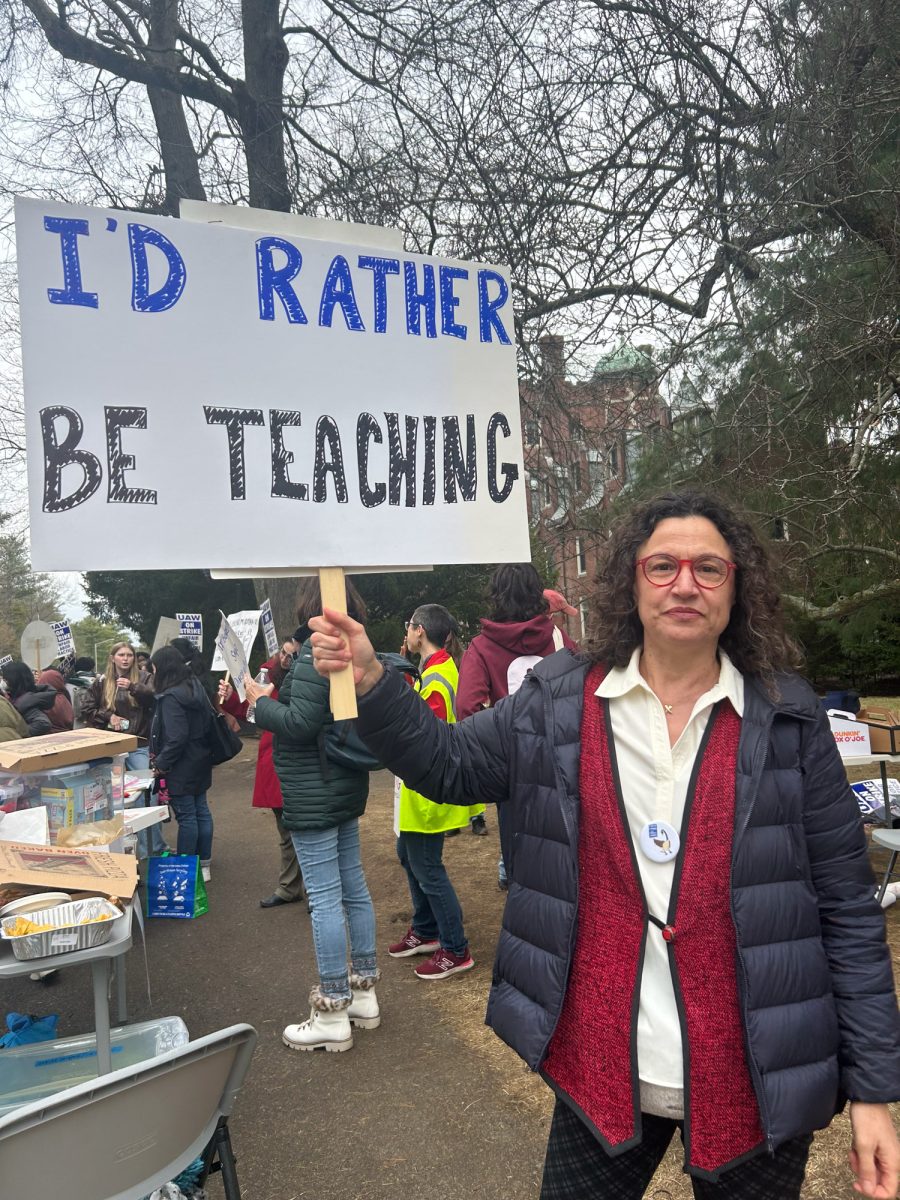


































































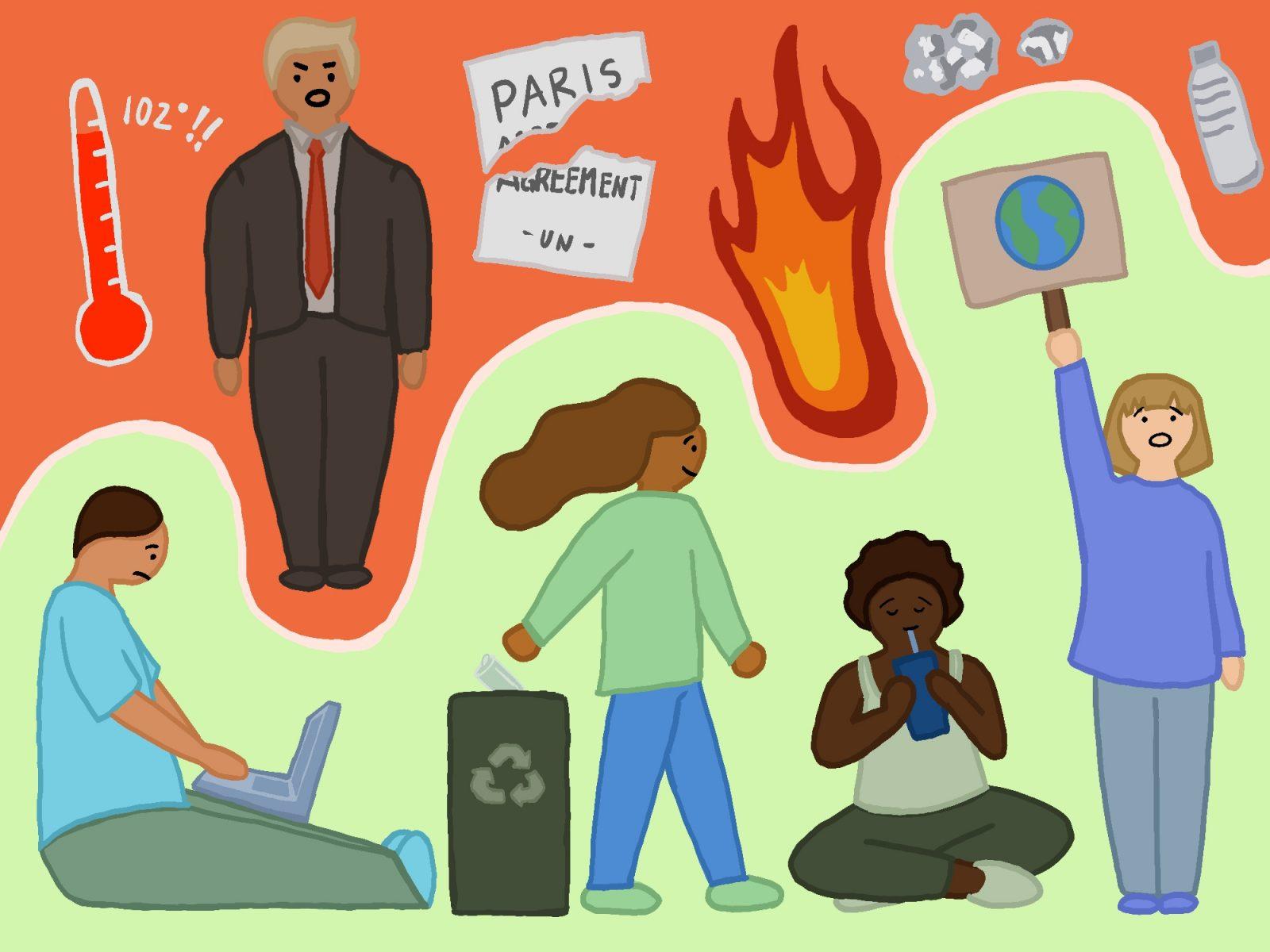














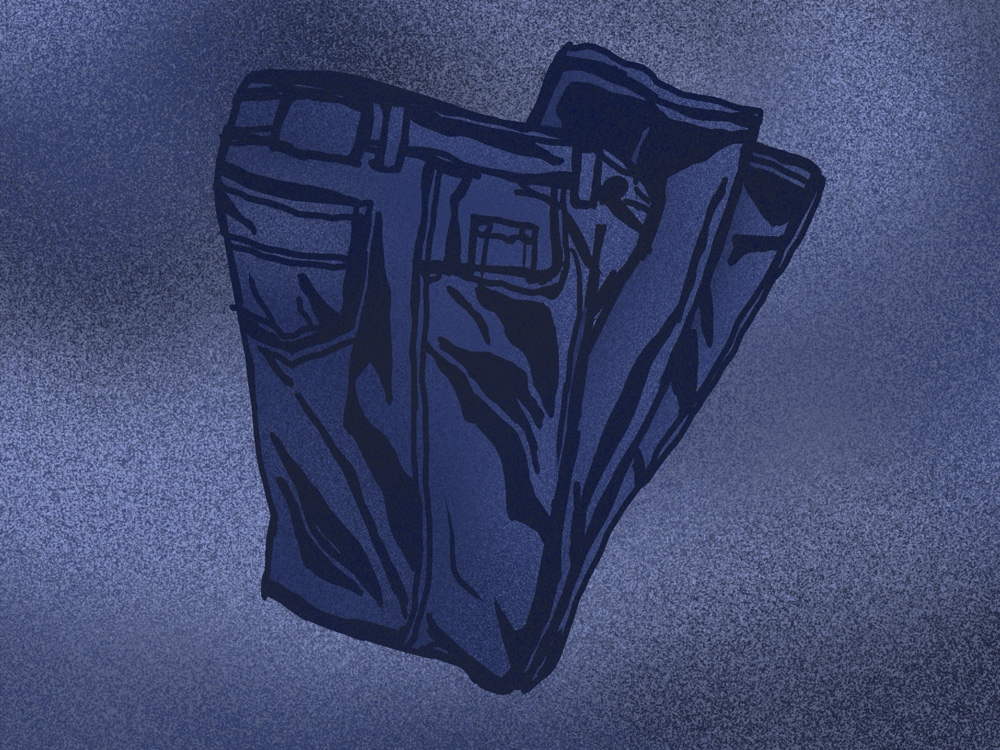

















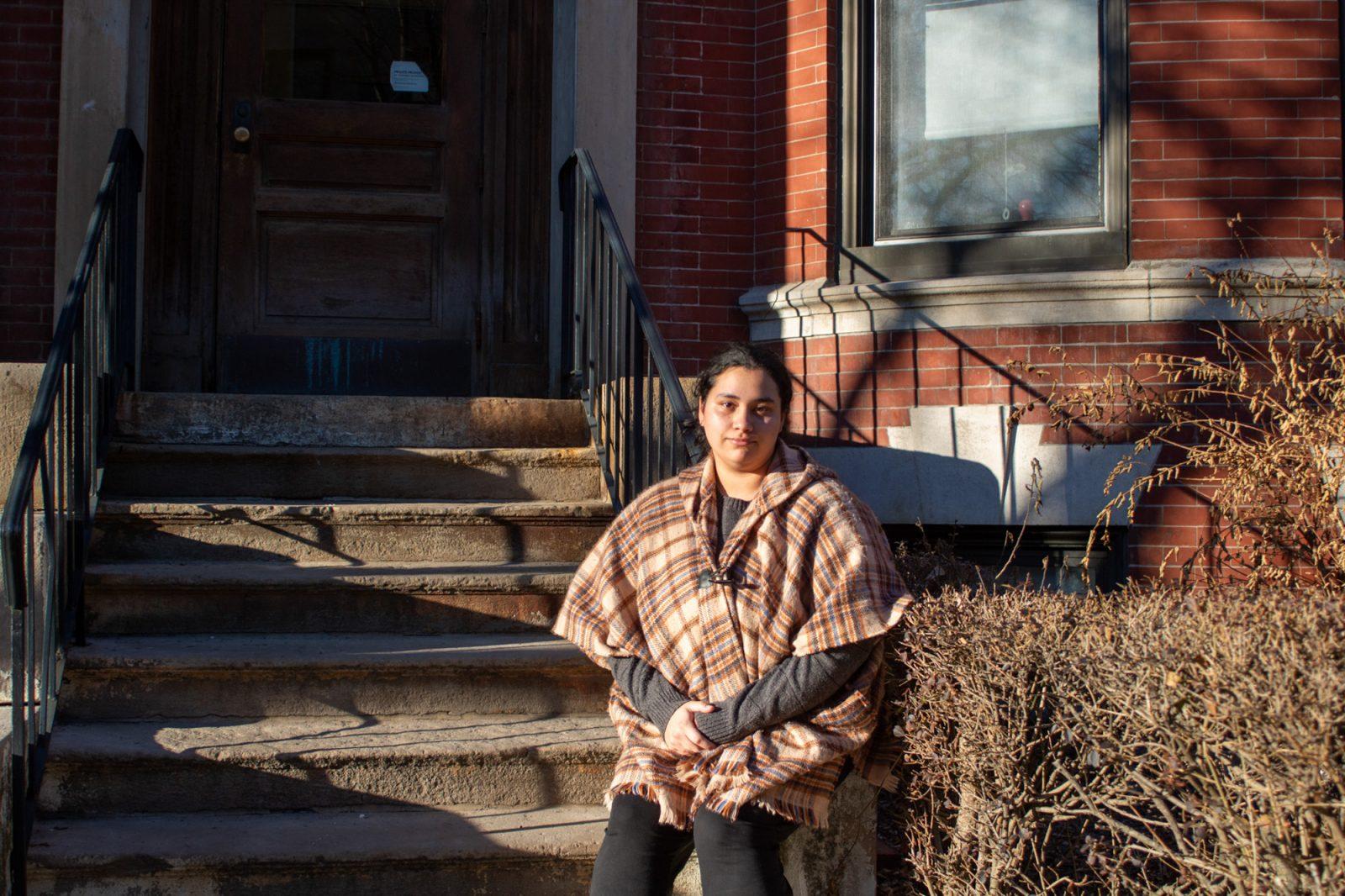



null • Aug 3, 2010 at 2:22 pm
My child came home from school saying they learned to cough and sneeze into their elbows with Germy Wormie, and I was totally taken aback. I always used my hands. But I went to the website, and now I get it, hands touch, elbows don’t!! Kids can touch up to 300 surfaces in 1/2 an hour, and they hate to wash their hands. This is a simple thing that can make a huge difference. There is also an entertaining DVD that teaches kids how to do this and reinforces other important hygiene habits.